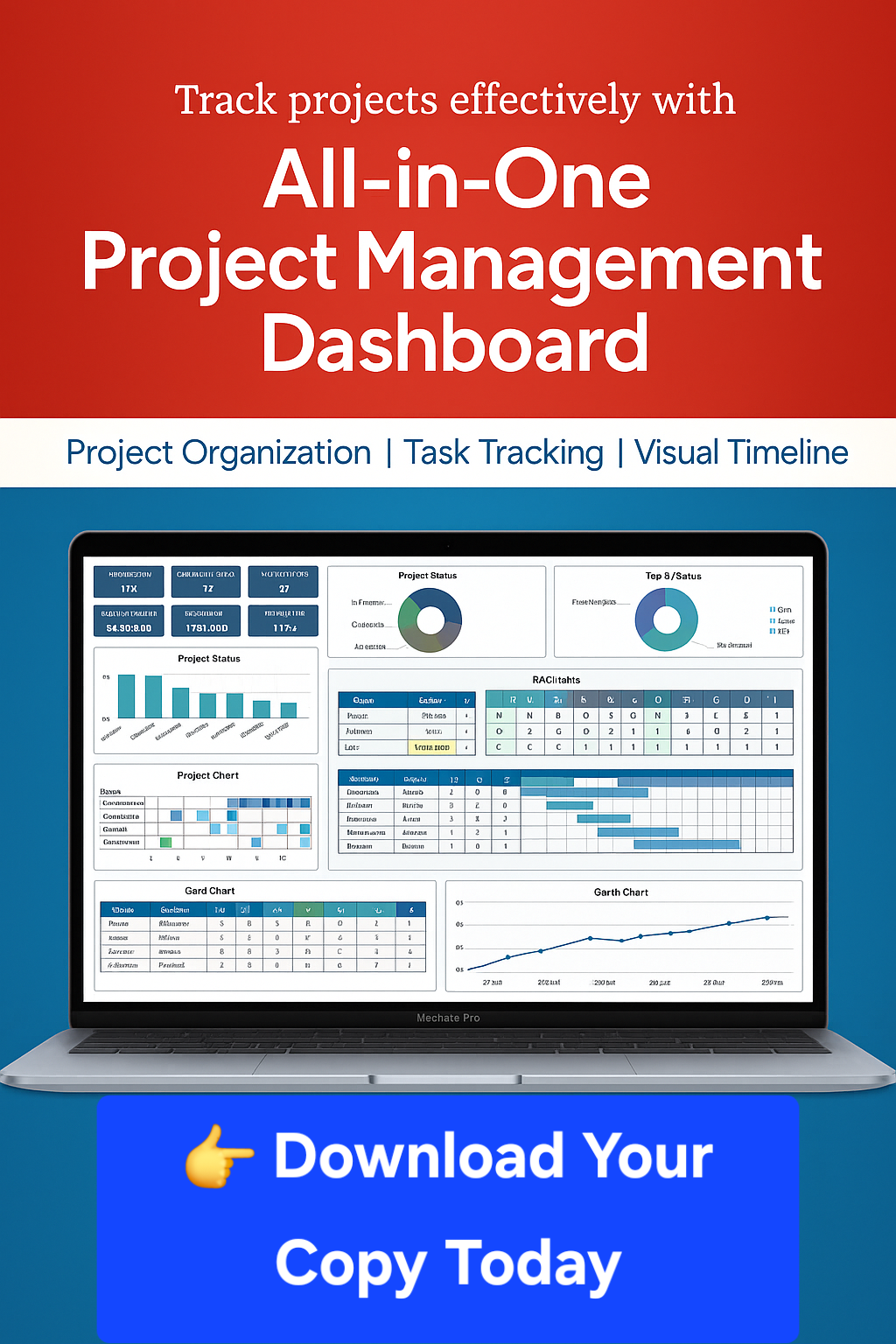Description
Successful projects do not just happen. They are planned. Understanding what success for a specific project means is part of the plan. Take the opportunity to understand how you will measure success. Does your project require assistance or materials from the outside? If it does, will you know what type of contract will support your success? When you understand these basics and you know how to identify the risks you face and how all of this information shapes your estimates, then you are ready to consider committing to a schedule and a budget. This course will take you through critical project planning basics so that when it is time for your schedule and budget, you are well informed.
By the end of this course, students will be able to:
• Develop two quality metrics for a project
• Differentiate between fixed price and cost reimbursable contract types
• Perform a basic risk assessment
• Estimate the quantities and costs of resources required to perform project activities
• Identify differences in three common cost estimating techniques
What you will learn
Introduction, Quality Metrics, and Contracts
Successful projects do not just happen. They are planned. Understanding what success for a specific project means is part of the plan. Take the opportunity to understand how you will measure success. Does your project require assistance or materials from the outside? If it does, will you know what type of contract will support your success? When you understand these basics and you know how to identify the risks you face and how all of this information shapes your estimates, then you are ready to consider committing to a schedule and a budget. This course will take you through critical project planning basics so that when it is time for your schedule and budget, you are well informed. Once you have some planning basics under your belt, we will draw upon your knowledge to logically map out what will happen and when it will happen. You will begin thinking about your project schedule, estimate how long the work will take, arrange the project work in the required sequence, and develop an understanding of what it is meant when someone refers to the critical path. This course will complete the project schedule, and consider who will perform the work and what they need to perform the work. This course will also discuss how to approach planning your project using Agile. This course will utilize the project artifacts previously accomplished in Project Launch course. This course will utilize the project artifacts previously accomplished in the Project Launch course.
Risks and Estimates
What is project risk? How can project risks be identified? How does the project manager respond to project risks? How does the project manager estimate cost and duration?
More on Estimates
What are the ‘Golden Rules’ of estimating? How to estimate using your WBS (Work Breakdown Structure)? What will it take to complete the project work?
Network Diagram, Critical Path, and Scheduling Software
Congratulations! You’ve nearly finished the second course of the Project Planning Specialization. In this module, we will review what you have accomplished so far and orient you to the next steps in your Project Management journey.







